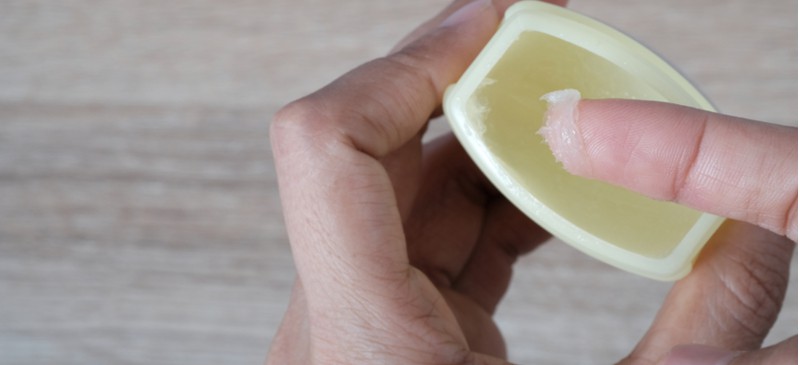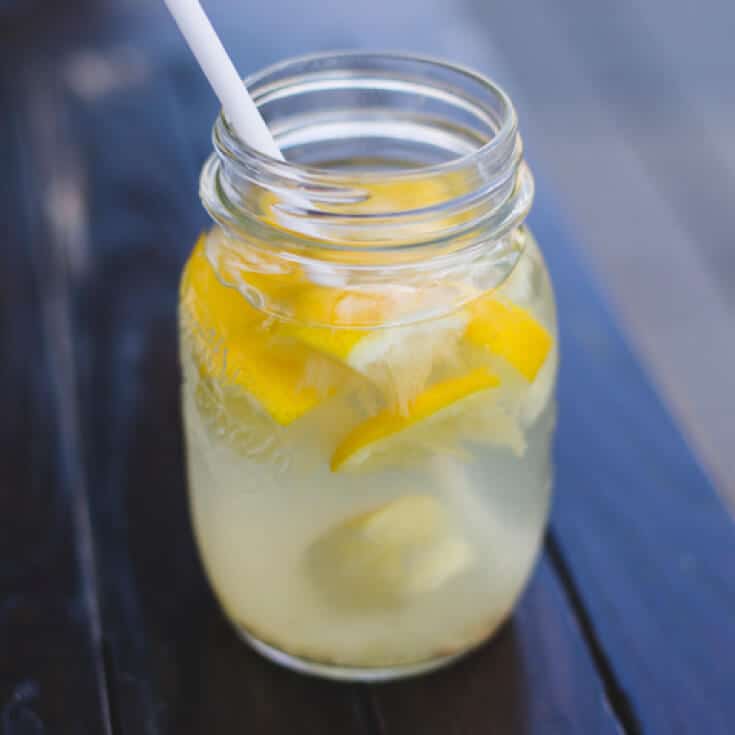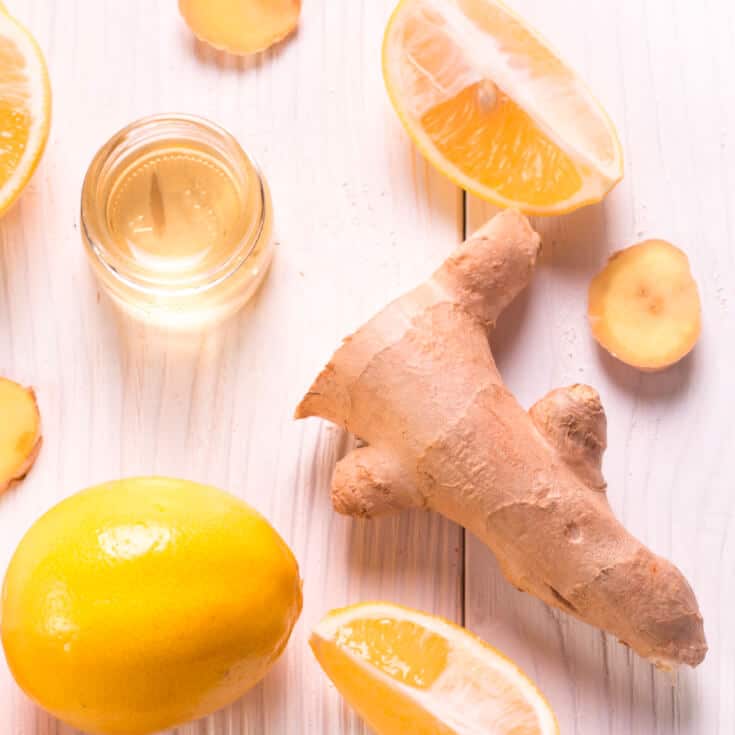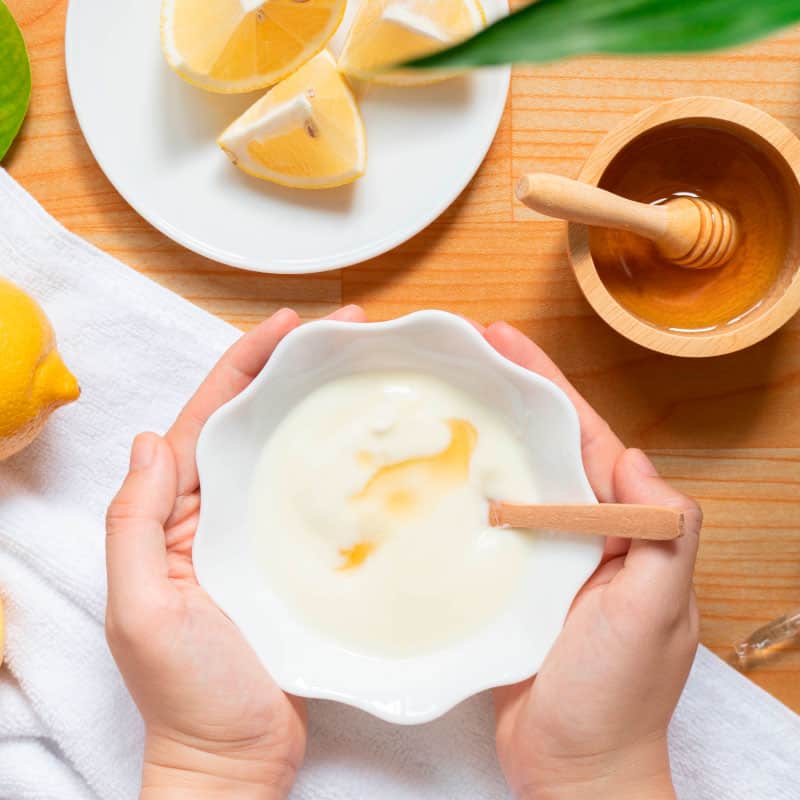This Dr. Axe content is medically reviewed or fact checked to ensure factually accurate information.
With strict editorial sourcing guidelines, we only link to academic research institutions, reputable media sites and, when research is available, medically peer-reviewed studies. Note that the numbers in parentheses (1, 2, etc.) are clickable links to these studies.
The information in our articles is NOT intended to replace a one-on-one relationship with a qualified health care professional and is not intended as medical advice.
This article is based on scientific evidence, written by experts and fact checked by our trained editorial staff. Note that the numbers in parentheses (1, 2, etc.) are clickable links to medically peer-reviewed studies.
Our team includes licensed nutritionists and dietitians, certified health education specialists, as well as certified strength and conditioning specialists, personal trainers and corrective exercise specialists. Our team aims to be not only thorough with its research, but also objective and unbiased.
The information in our articles is NOT intended to replace a one-on-one relationship with a qualified health care professional and is not intended as medical advice.
What Is Petroleum Jelly? Uses, Benefits, Dangers & More
May 27, 2020

Two popular brands of petroleum jelly that you may be familiar with are Vaseline (which is 100 percent petroleum) and Aquaphor (which contains other moisturizing ingredients, too). Both are very versatile products that have been used for a variety of skin care and household purposes for many decades.
In fact, petroleum jelly has been around for more than 150 years.
This so-called “healing jelly” works by creating a barrier on the surface of the skin that helps lock in moisture and prevent water loss and drying. It makes sense then that petroleum jelly uses include treating cracked lips, diaper rash, irritation due to chafing and much more.
What Is Petroleum Jelly?
Petroleum jelly (PJ) is a semi-solid skin protectant that is applied topically to help treat dry, cracked skin or lips.
Its chemical composition is a mix of hydrocarbons, and it’s made using mineral oil and wax. Technically it’s considered an “occlusive” moisturizer, since it creates a hydrophobic barrier over the skin.
PJ appears as a colorless or pale yellow jelly-like substance that is translucent and doesn’t have a taste or smell. (It’s not meant to be eaten.)
Petroleum jelly also goes by several other names, including:
- petrolatum
- white petrolatum
- soft paraffin
- multi-hydrocarbon
Benefits/Uses
What is petroleum jelly used for? According to the American Academy of Dermatology, most petroleum jelly uses are related to its lubricating and coating properties.
Petroleum is the main active compound in this product that has the ability to reduce dryness by not allowing moisturize to escape the skin/lips. While it doesn’t actually moisturize the skin itself, it holds in moisture as it sits on top of the skin and may help other skin ingredients work better.
Research suggests it has the most beneficial effects when applied over damp, clean skin.
Petroleum jelly benefits include:
1. Hydrating Cracked, Dry Skin
In the United States, the Food and Drug Administration has approved PJ as an over-the-counter skin protectant. You’ll find it in cosmetics, lotions, ointments, chap ticks and other skin care products.
PJ can be used to decrease skin dryness and improve moisture when applied to dry hands, elbows, heels or elsewhere. If using it to treat cracked heels or hands, add some before putting on socks or soft gloves, such as before bed.
Studies suggest it can also be used in wound care. When applied over healing, cleaned wounds (not open wounds) it helps keep them moist and potentially minimizes scarring.
For those who deal with psoriasis symptoms, PJ can be applied to the skin on top of thick lotions or creams meant to treat psoriasis, helping improve their absorption, reducing itching and inflammation, and adding moisture.
Can you use petroleum jelly on your face? Yes, it shouldn’t clog pores and is considered non-comedogenic, however it can worsen shine and oiliness, so it may not be the best choice for people with acne-prone or overly oily skin.
It’s also important to clean your skin before applying it, otherwise you may actually trap bacteria and prevent air from reaching your skin.
2. Helping Prevent Diaper Rash and Irritation
Is it safe to use petroleum jelly on sensitive skin, including the skin of babies and children? Usually, yes.
It’s considered safe for infants over three months in most cases.
It can be used to add a layer of protection over the skin, blocking irritation from diapers, wetness, drool or even chafing. It can also help reduce itchy skin in newborns and infants caused by contact dermatitis.
Try applying a small amount to a baby’s bottom before putting on a diaper, or apply it to vulnerable areas to prevent skin from rubbing together and chafing, such as the inner thighs or armpits. It will help prevent friction and irritation by both buffering the skin against contact with other substances and by preventing water loss.
3. Treating Dry Lips
Why is petroleum jelly good for your lips? You can use PJ on your lips just like you would chapstick or mix it into an exfoliator to gently help remove dead skin cells and hydrate skin.
It may work even better when applied on the lips over another hydrating ingredient, such as coconut oil, helping the oil to absorb and boosting moisture.
4. Protecting Cuticles
Apply some PJ to your cuticles to prevent them from drying and splitting or to keep nail polish off of them when painting your nails. Similarly, when dying your hair at home you can apply petroleum along your hairline and neck to prevent your skin from being stained.
5. Removing Makeup
You can use PJ on your face to help remove makeup, however be careful not to get it into your eyes. Additionally, you can use PJ when applying makeup, such as to help your cheekbones shine or to keep your eyebrows tamed and in place — as well as to prevent mascara from rubbing off around your eyes.
Other petroleum jelly uses that require more research include:
- Home remedy for hair lice.
- Hemorrhoid relief.
- Prevention of swimmer’s ear.
- Prevention of blisters and windburn.
- Buffer during ultrasounds.
- Hair grooming and moustache wax.
- Protector of pets’ paws.
- Many household uses like opening jars, buffering leather and protecting car parts from damage.
- *While some use it as a personal lubricant, it has the potential to cause irritation and even a mild infection, plus it shouldn’t be used with condoms because it may cause latex to thin and tear.
Related: Chlorine Rash Symptoms, Causes, Treatment & Prevention
Dangers, Risks and Side Effects
Why may petroleum jelly be bad? Petroleum jelly side effects are rare but still possible.
This product should not be used internally, such as inside the nose or taken by mouth. Be careful not to put it up your nose and breath it in, which can possibly lead to conditions such as pneumonia or respiratory issues if you inhale too much unrefined mineral oil.
It’s usually safe to use small amounts inside the eyelids to add moisture, however do this with caution. It’s also not intended to be used for skin whitening.
Fortunately, the risk for experiencing an allergic reaction when using petroleum jelly is low. However, if you notice signs of irritation, allergies or infection, stop using it right away.
Only use it on external, cleaned wounds to prevent infections.
Is petroleum jelly toxic?
There is some concern over whether PJ/vaseline may be toxic, considering PJ is a byproduct of petroleum oil refining.
According to the FDA and other authorities, these products are safe to use for skin care based on existing evidence showing that they are not risky or toxic. However, in 2015, one analysis of cosmetics containing mineral oils found that some do possibly have carcinogenic qualities — therefore researchers from this particular study recommend not using PJ/Vaseline directly on the lips.
One way to reduce the risk for any toxic effects is to purchase Vaseline rather than a generic brand. Vaseline is highly refined, triple-purified and regarded as non-carcinogenic because any potentially toxic compounds are carefully removed during manufacturing.
Petroleum Jelly vs. Vaseline
Vaseline is 100 percent pure petroleum jelly. It is one brand name for PJ and the original PJ product that was created in the 1800s, but now there are many generic brands of PJ available in stores.
Aquaphor, on the other hand, contains PJ along with mineral oil, glycerin and other ingredients. PJ, Vaseline and Aquaphor can all be applied to the lips and face to improve moisture and act as barriers.
Can you make petroleum jelly at home (or Vaseline)?
Since it’s made via a somewhat complex chemical process, it’s not something you’ll be able to make a DIY version of. However you can make alternatives at home using coconut oil, cocoa butter, olive oil or even beeswax, which are used in many of the same ways.
Try combining about 1 ounce (28 g) of beeswax and ½ cup (118 ml) of olive or coconut oil by melting them in a pan and stirring, which will have similar effects as PJ.
Conclusion
- What is petroleum jelly? It’s a semi-solid skin protectant that is applied topically to help treat dry, cracked skin or lips.
- Petroleum jelly uses include helping to treat and prevent dryness, cracked heels, diaper rash, psoriasis, blisters, lice, hemorrhoids and more.
- Is petroleum jelly safe? Yes, as long as you aren’t allergic to it. It can be used on sensitive skin and on infants over three months.













Petroleum ?? The clue is in the name ! Awful product & so many beautiful natural products out there that are easily available rather than this junk on your skin ! And to pop this on an infant or baby… absolutely not …
No home requires this product I’m afraid.
Not all people can tolerate natural products like oils that do not penetrate, rather they sit on top layer & cause me to itch. Vaseline seals in the moisture so I do not itch.
absolutely agree….no home needs this product! Check out the harmful effects on the body; hormone disrupters, cancer causing agents-& there are more!! Check out the research friends.
Umm … yeah petroleum IS natural. C’mon people!
Thank you!!!! It is an awful product that seems to do amazing things…..but there are alternatives to this. Just have to the the time to search which works best on your skin.
I love jojoba, sweet almond, Grapeseed, avocado oil, vit E, pure lanolin just to name a few.
Have used Vaseline on and off for years! Forget the previous naysayers. They only trust the latest and more Trendy products out there because they are “snobs” like my sister. 😂 . Vaseline has been working fine since the 1800’s like this doctor says in the article.
Yep, even my dermatologist suggested pj, just like Dr. Axe said.
You must be kidding!!
There are so many other better natural, nourishing and versatile creams and ointments available to do everything you have outlined.
We use Organic Comfrey Ointment and Cream, definitely nourishing, with 3 organic ingredients: organic comfrey, organic olive oil, and unfiltered natural beeswax from bees who only feast on organic plants
Poor bees … leave their wax alone! I know a whole hive a bees who cannot afford organic plants.
There are many concerns with long term use of petroleum jelly (from toxicity to cancer). Research!
Thank you Dr Axe for giving us the truth. I have used Vaseline on my dry skin all 62 yrs. of my life, as I have atopic dermatitis. I also use Curel lotion to sooth the itch, as well as your Collagen products which helps a lot. Thank you & God bless.
Agreed. Used KY sex lubricant since 1976. Wife had to get a 4-kilo fibroid removed in 2000 that made her look like she was 7-month pregnant, along with her uterus & one of her ovaries. We use safe & natural extra virgin olive oil now. Also excellent for fast healing of skin rashes, scratches & as moisturizer.
Exactly, Alex!!!!!